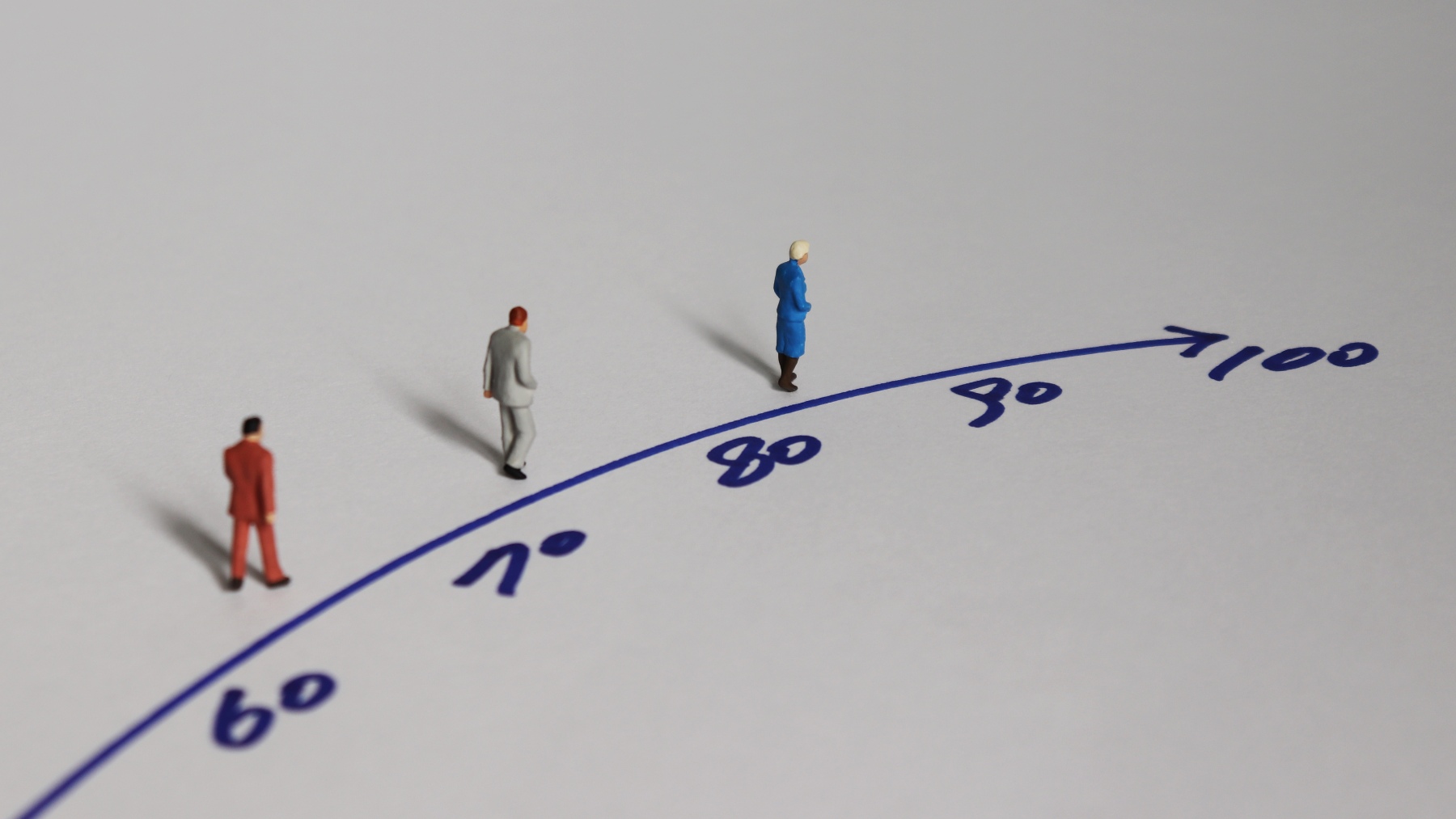When looking at headlines about an ancient, century-old person, most of us think “Well, that’s genetics right there”. However, a massive Swedish study following 44 000 adults for 35 years makes clear that DNA is just the overture. Researchers compared twelve common blood markers in people who breezed past their 100th birthday with those who did not.
Decades before anyone ordered a centennial cake, the future centenarians shared one quiet advantage: their lab results almost never strayed into the danger zones. Fasting glucose lingered below pre-diabetic lines, creatinine whispered that kidneys were idling smoothly, uric acid stayed modest, and liver enzymes hovered in the boring middle of the reference range.
Individually, the differences looked small, but together they formed a metabolic lullaby—steady, low-noise, and apparently protective. If a single marker (let’s say for example, ALT) spiked high or iron sank low, those people almost never joined the 100-club.
Genetics and an immune system that ages gracefully
So why do some bodies hold that steady tune while others veer sharp and flat? Immune profiling of Japanese and Italian super-agers offers a clue. Teams sequencing their white-blood-cell arsenals keep finding the same quirk: these elders retain lively swarms of cytotoxic CD4 T-cells and battle-ready natural-killer (NK) cells while dialing down background inflammation.
Markers of chronic smolder—think IL-6 or TNF-α—run low, even as pathogen-fighting troops stay plentiful. Scientists now talk about “immune age”. In healthy centenarians, lymph nodes act decades younger than their birth certificates suggest. Yes, genetics helps; variants in FOXO3, APOE, and HLA clusters tilt the odds toward better immune balance. DNA provides the hardware, yet how you live determines the software updates—and a smoothly patched immune system seems to be a non-negotiable for extreme age.
Habits keep the numbers boring
If genes and immune wiring set the stage, habits supply the day-to-day choreography. Diet records from Sardinia, Okinawa, and the U.S. “Blue Zone” of Loma Linda look shockingly alike once you strip away local flavor: lots of vegetables and legumes, moderate fish, little added sugar, and a notable absence of ultra-processed snacks.
Protein isn’t scarce, and meals happen in company and rarely at panic pace, flattening glucose spikes and helping that Swedish centenarian profile of sub-100 mg/dL fasting readings. Add consistent legwork —garden chores, hilly walks, short bike runs— and muscles release myokines that re-train immune cells and mop up runaway glucose. Sleep rounds out the loop: seven hours resets NK-cell vigor, while chronic short nights nudge inflammation higher. None of this is exotic; all of it buffers the stretch where genetics ends and daily life begins.
Genetics can’t help if the kitchen sabotages the lab tests
You can’t edit your parents’ chromosomes, but you can guard the metrics that flagged success in the Swedish data set. When any value creeps up, start with lifestyle tweaks: shrink soda portions, cap alcohol, fold in 30 minutes of brisk walking most days, load plates with leafy greens and beans.
Each move also tilts the immune system toward the low-inflammation pattern that super-agers enjoy. And don’t ignore the cheap wins: update vaccines, floss nightly to cut gum-driven cytokine surges, and practice brief stress breaks—two minutes of box breathing lowers cortisol enough to restore NK-cell punch.
None of these shifts guarantee a telegram from the president, but each one stacks the deck that genetics dealt you. Longevity turns out to be a bingo card with dozens of tiles: some genes, some labs, some immune quirks, and a steady rhythm of behavior. Miss one square and you can still land a decent run; miss ten and the card stays half empty. The centenarians’ secret isn’t magical serum or perfect parents—it’s a long-running détente between DNA, metabolism, and an immune army that stays alert and civil. Keep your labs dull, your meals slow, your walks regular, and your genetics will get the best supporting-actor credit it deserves.
